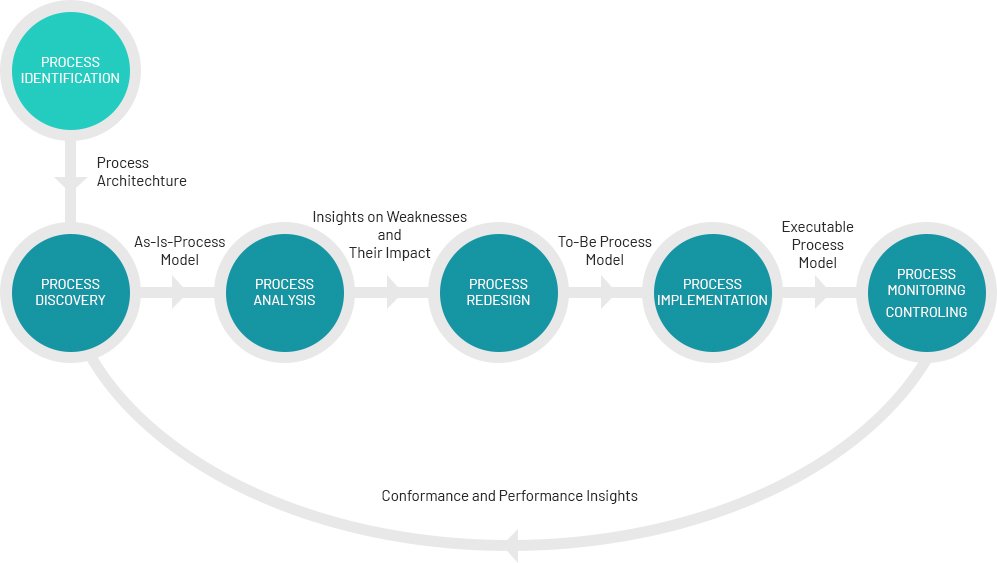
Organizations are faced every day with the challenge to produce more spending less. To grow, managers look for a way to improve its processes in a way that results in cost reduction and awareness about what each process represents in the business.
It does not matter the tools, the technologies and resources invested. It is pointless how much money was invested or even the efforts made by the team. A suboptimal process will never deliver the most efficient result possible. What process optimization can bring to you company is a way to reduce money, time and resources spent in a process, leading to better business results.
What are the process optimization steps?
The main goal of process optimization is to reduce or eliminate time and resource wastage, unnecessary costs, bottlenecks, and mistakes while achieving the process objective. We only spend time correcting an error if the mistake exists. It is not enough to know that but to know how to accomplish that. Following are the steps to get there.
Identify
First, we need to identify what is the process optimization need that exists in your company. Think about a process in your company that is costing you more than it should, or inducing client’s dissatisfaction or even stress between employees.
Now, ask questions about this process, aiming to determine what is the core of the process, the unchangeable items.
What is the final purpose of the process? What should the outcome be?
Where does the process starts and ends?
What activities are part of the process, passing through the stages?
Which departments and people are involved?
Which information travels between steps?
At that point, we are asking what is the process, and not how to do it.
Rethink
It is the time to map the process, worrying about how to execute each step, about how the process flows, about what is process optimization to this process. Ask yourself and your team these questions:
Is there a better way to perform this process?
How exactly is this process conducted?
How much paper (for example) does this process use?
How long does the process take to be finished?
How much time is lost in rework and mistake correction?
Where does the process stall?
Having a micro and macro vision is important. Each detail is important, since the way an email is written until the perception of what the client wants.
Compare the answers to this questions to the ones in the first item, and maybe you will find out that tasks that seemed crucial are expendable.
Implement
After knowing the process in this level of detail and identifying the changes opportunities and the improvement needs, it is time to apply the process in a new manner. It is a delicate part of the business process optimization.
It is crucial, for the purpose of the process as well as for the purpose of the business process optimization, that everybody embraces the new process and implement the changes.
In that way, we can check for results, gather data and see if the improvements were real or not. It can happen that the process does not end how we expected, that the staff does not get used to it, that the implementation was not done correctly, so it is necessary to start the project all over again.
Automate
To insist in the same errors and expect different results is the recipe for failure.
Automate the processes that are proved to work and spread them through the company to see the results in costs reduction, mistake prevention, wastage cut and production increase.